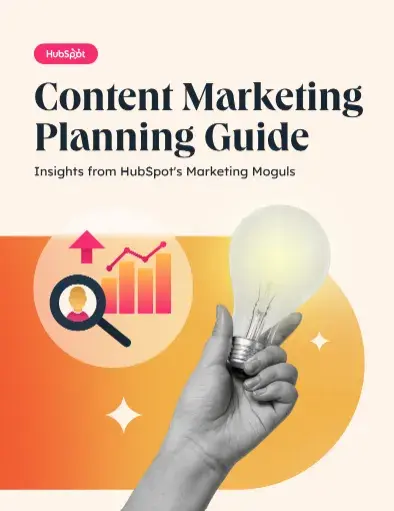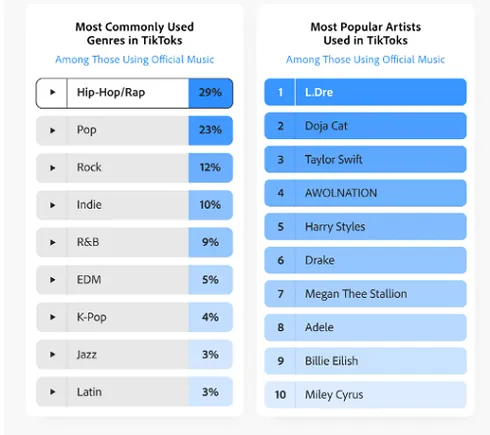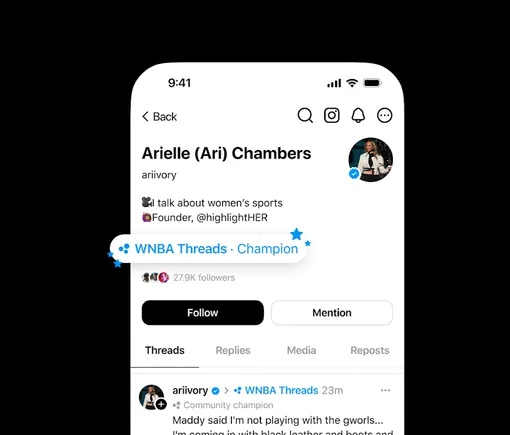Content Intelligence: How to Use AI to Power Your Content Strategy
When I changed careers from classroom teacher to content writer and editor, I little suspected the AI revolution that was about to take place. In just two years, 74% of marketers are now using AI in their roles.

When I changed careers from classroom teacher to content writer and editor, I little suspected the AI revolution that was about to take place. In just two years, 74% of marketers are now using AI in their roles. While many questions about AI still remain unanswered, I’ve discovered that content intelligence can be a game-changer for content marketers. Imagine taking the guesswork out of your content strategy by knowing where your target audience is, what they want, how to reach them, and receiving real-time performance data. This is what a content intelligence tool can do for you. Keep reading to discover what content intelligence is, why it’s useful, and how it can level up your marketing strategy. Table of Contents Content intelligence is the process of using software that combines machine learning and AI to conduct market research about the effectiveness of specific types of content. This helps marketers create a high-quality content strategy that they know will work. I like to think of it as a GPS that leads you to a high-quality content strategy that drives leads, conversions, and revenue. You don’t have to guess what will interest your audience because the data shows you what performs well based on market and competitor analysis. Since many marketers use content to connect with and educate their audiences, having an accurate content strategy is a must. Relevant content served at the right moment in the right format is key to reaching your target audience. This is where content intelligence comes in. Each piece of content is an opportunity to attract, engage, and delight your customers. Content intelligence helps you accomplish all this more effectively. While content intelligence tools can do some of the content creation for you, I’ve discovered that what these tools really excel in is content strategy. They perform tasks such as market and competitor analysis, content optimization, and performance tracking so you can create an effective strategy based on real data. Take it from James Hacking, founder of Socially Powerful, “These tools don’t just measure performance; they inform your strategy by highlighting trends, preferences, and behaviors. The real benefit is that they let you create with confidence, knowing your content is aligned with what your audience wants, not just what you think they want.” I couldn’t agree more. Content intelligence tools will help you create better marketing assets for your target audience, ultimately generating more leads, increasing engagement, and leading to higher ROI and sales. Belo, I share some benefits you can expect. As with many AI solutions, content intelligence can save you time by automating tasks and speeding up the content creation process. In fact, marketers report saving over three hours on every piece of content they create with AI. Elisa Montanari, head of organic growth at Wrike, explained to me, “Content intelligence tools offer a more scalable system for coming up with fresh ideas, analyzing content gaps, and performing all sorts of other functions to save marketing teams time.” Automation doesn’t mean depending on AI to create your content or to replace your human marketers, but it can absolutely help with ideation, crafting outlines, editing videos, and distributing content. The more you can automate manual tasks, the more time you give your marketers for actual content creation. “Any repetitive, time-consuming process can be automated, such as keyword research and clustering, traffic and ranking analysis, content performance reports, audience segmentation, and more,” says Sarkis Hakopdjanian, president of Optiimus. AI is a champ at collecting and analyzing data. A good content intelligence tool will go a step further and give you actionable insights to design and implement an effective content strategy. It can give you insight on: “A big advantage is that it increases the overall quality of what you create, which means that the insights you provide in your content are backed by data,” shares Ron Evan del Rosario, digital marketing manager at Thrive Digital Marketing Agency. Del Rosario notes that these can direct you on what to write about, “including perfect keywords, topics, and formats so that your content is not just in sync but also interesting for the readers.” With a data-driven strategy in place, you will improve your reach and engagement — the ultimate goal of content marketing. Content intelligence can identify the topics your audience is searching for and which type of content they prefer. By producing more relevant content, you can increase your reach and audience engagement. In his nine years of digital marketing experience, del Rosario has found that one of the best things about content intelligence is getting to know your audience on a deeper level. “You discover some valuable insights about their likes, dislikes, and habits — and as a result, you are able to create content that is directed toward them. In turn, engagement increases, and you establish deeper relationships,” shares del Rosario. Furthermore, many tools can segment your audience based on specific actions, interests, behaviors, or engagement levels and provide them with relevant content in a timely fashion. I found Ashot Nanayan’s, head of marketing and founder at DWI, explanation helpful. “These tools let marketers find content gaps, optimize for high-converting keywords, and predict trends — all in service of improving both reach and engagement. They provide detailed analysis on search volume, competition, and related topics that allow for more targeted and personalized content creation,” he says. HubSpot research found that marketers say AI helps them: When it comes to your bottom line, content intelligence is worth the investment due it is high ROI potential. According to Forbes, businesses that employ data-driven marketing strategies are six times more likely to experience profitability year-over-year. “In my experience, content intelligence tools lead to quicker content production cycles and higher ROI by helping teams focus on what will really resonate with their target audience and align with SEO best practices,” Nanayan claims. Not only will you be spending your money on the right content, but that content is bound to perform better, increasing your overall sales and revenue. Get started with HubSpot’s free marketing content planning kit. Before getting into specific content intelligence tools, I want to highlight some features you should look for. I spoke with marketers already using content intelligence so you can benefit from their firsthand experience. This is a must-have feature. In my interviews with experts, they all emphasized the importance of a tool that can analyze your competitors’ strategy and content to see how it’s performing, plus identify any gaps in their content that you can fill. This data will help you create your own strategy — and get a leg up on your rivals. “By analyzing competitors’ gaps, these tools also uncover hidden opportunities to keep marketers ahead,” shares David Li, owner of Mountain View. Another feature marketers kept mentioning is predictive analytics. Using historical data from your competitors and your own content — combined with current trends — AI can predict how well your content will perform. This allows you to make adjustments ahead of time or decide how many resources to invest in a particular piece. “For our team, one feature we’ve found extremely helpful is predictive performance metrics — giving us the opportunity to forecast how content might rank before it’s even published. Using this, we’ve been able to prioritize topics likely to generate the most impact, boosting engagement rates on new pages by 21.4%,” says Frank Sondors, founder of Salesforge. In addition, predictive trend spotting is invaluable to help you stay ahead of the curve. “Look for predictive analytics tools that predict future trends beyond understanding current ones,” recommends Josh Neuman, an ecommerce marketing professional and the founder of Chummy Tees. “Our tool’s predictive features prioritize high-growth products in our design roadmap. Our vision has kept us ahead of competitors and meeting customer needs.” Once your content is published, content intelligence can track how it’s performing in real time. This allows you to adjust your campaign while it’s live, perhaps boosting your ad spend, promoting it on different platforms, or further optimizing content that’s lagging. Ashot Nanayan agrees, “It’s very important to monitor the performance of content. This will offer an ongoing evaluation of how one’s content is doing once it is published and enables changes in strategy in near real-time.” David Li agrees that real-time detection of trends and performance is a game-changer, adding that sentiment analysis is “...vital for creating relatable, audience-aligned content.” It’s a powerful way AI can help you understand how people feel about your brand and your content. In addition to the analytics I just highlighted, a content intelligence tool should help you optimize your content. This can take a variety of forms, but I think it’s essential that the tool you choose provides actionable insight for your content strategy. Olivia Thomson, senior marketing director at the Chamber of Commerce, dubs this feature “Smart Suggestions.” The tool should “assist you in selecting the most effective topics, keywords, or even formats by analyzing what people are actively searching for.” Some optimization features to look for: “In my view, tools with keyword functionality, which display search intent and user behavior, are priceless; this is very important since it allows the shaping of the content to meet exactly what the audience is looking for,” shares Nanayan. While this feature is not exclusive to content intelligence tools, I always think it’s helpful to find software with a user-friendly interface to make it easier for your team to adopt. After all, if it costs more work to use a tool than the benefit it provides, your team won’t make the effort to use it. Several experts highlighted this aspect, noting that you should pay special attention to the way the tool displays data. You want something that’s easy to understand and take action on. So be sure to demo any tools before signing the dotted line. Finally, as with all new software, check to see if it integrates with your current tech stack. Tools that play nice with each other make them easier to use and to benefit from. Check out whether the content intelligence tools will connect with your CMS, CRM, social media, and/or analytics tools. While it’s possible to conduct content intelligence on your own, software can automate the process and generate results quickly. I’ll share some high-quality tools you can use for your marketing. Best for: Creating optimized content. Get started with HubSpot’s AI Content Agent. Breeze is HubSpot’s powerful AI tool that accompanies you across all of HubSpot’s offerings. Breeze Content Agent was created specifically to help with content marketing. It automates the content creation process by using Open AI’s GPT model to generate blog ideas, outlines, and paragraphs. The Content Agent takes you through the workflow to assist (but not take over) your content creation process. I tested this tool to see if it could create an outline for a blog post on the best SEO tools on the market. Breeze created a robust skeleton, saving me time on research. Beyond that, Breeze can help with more routine copy writing. I like how it could draft prospecting and marketing emails, and landing pages. With that writing out of the way, I could focus more on creative tasks. In addition, Breeze Intelligence can help enrich the data in your CRM by qualifying inbound leads who visit your site, automating lead scoring, and sending personalized email campaigns to nurture leads. Key Features What I like: Breeze AI has been woven into HubSpot’s Content Marketing Software to enhance your experience, save you time, and provide more data-driven insights. Best for: Competitor analysis. BuzzSumo uses a research and discovery strategy to gain insights about the content created by your market and industry competitors to help you understand what performs best with your audience. The tool analyzes a variety of social media feeds and web content to give you viral trends to leverage, business-related content you should consider covering, and target keywords to use when you begin creating. I signed up for Buzzsumo’s free trial to test the product out, and I tested out the content analyzer for the topic of this post “content intelligence.” The analysis for the term showed me exactly how many articles the tool analyzed (1,114) and the number of engagements the content received (15,245). I also saw which domains had the most authority over the topic. Harvard Business Review topped the list. Underneath the chart, I could see which articles had the most engagement. I found all of this information helpful when deciding if the topic was worth covering (and obviously, it was). Key Features Pro tip: Use this tool’s advanced search features to get the most from their popular Content Analyzer. Best for: Curating content to connect with your audience. With a slightly different spin on content marketing, Curata focuses on content curation and promotion, rather than creation. I watched the company’s twenty-minute demo to get more information (bonus, you get to have the time back so you can watch your favorite streaming show!). With Curata, users can plug in a keyword. So if I run a content aggregator about content management system news, my keyword may be CMS. Curata then scours the web every 15 minutes to show what the most relevant newsworthy content is in your field. You can then approve or exclude the content that shows up. Curata’s self-learning engine NLP uses this data to learn what’s actually relevant to your niche. You can republish relevant articles on your site if you're a content aggregator, or you can pull this information into an internal newsletter. Here’s my ideal scenario with Curata. I want to brief a team of content marketers about what our competitors are up to. I aggregate a newsletter’s worth of posts, and my team analyzes what we see, so we know what we need to cover to keep up. Key Features Pro tip: Try Curata’s content curation software to find and share content relevant to your target audience. Best for: Competitor intelligence and analysis. Keeping up with your competitors is a lot of work. Crayon’s software provides competitive intelligence to help you keep track of what those companies are up to. Here’s how it works: You can tell the platform who your competitors are. Then, you’ll see the insights Crayon’s AI thinks are most relevant to you. For example, I might want to see what Salesforce is up to. Crayon would alert me to any Salesforce news my team should know. Even better, I don’t have to read the whole post. I can just hit an “Add takeaway” button to get the summary. You’ll understand what works for your competitors, from social channels to review sites, and discover key messaging that performs best that you can adapt to your content strategy. Key Features Pro tip: Content intelligence can also be a helpful tool for competitive analysis. Best for: Content ideation and generation. Optimizely is an all-in-one platform built for teams that want to build a user-friendly web experience. Optimizely allows you to test out web pages and see what resonates most with your team and audience. That comes with content marketing features, which include planning, creating, and publishing content. It will then track performance and provide you with the data. Its AI can help with campaign ideation, content generation, audience segmentation, task automation, and analytics. When looking into this tool, I noticed that Optimizely is perfect for building out a complete digital experience. If your company already runs digital experiments or uses Optimizely for the site, I would recommend using this tool in your workflow. If you’re not working on a wider digital experience, Optimizely may be too robust for your needs. Key Features What I like: In addition to the other features, Optimizely CMP identifies the best channels for your content and helps you find the best influencers for your brand. Best for: Optimizing your content. Looking for help with optimization? Ahrefs may be the solution for you. Ahrefs AI can automate your keyword research, content optimization, and technical SEO processes. It will improve your content by identifying keywords, analyzing search intent, and grading your content. It can also identify content gaps and low-competition topics to increase your authority in your niche. I’ve used Ahrefs when researching blog posts like this one. I find it helpful to know what keywords are ranking and who I’ll be fighting for traffic for. If you working with content, an all-in-one research platform can be incredibly helpful. Key Features What I like: Ahrefs’ content helper makes content research and creation straightforward and effective. Best for: Assisting at every step of the content marketing journey. Semrush holds your hand from the beginning to the end of the content creation process. Its Market Explorer lets you see how you stack up against the competition. Then, Topic Research helps you generate relevant content ideas and keywords to target. If you want help writing, Semrush has you covered there, too. Its SEO Writing Assistant will guide you through the writing process with keyword suggestions, length recommendations, and a smart editor to make your writing cleaner. Kaitlin Milliken, a senior program manager at HubSpot, had great things to say about the platform. “I once helped an emerging news publication research its niche in the business journalism world. Semrush was an essential tool for the team throughout the project,” she says. Milliken notes that she used Semrush to help identify what topics initial articles should target. She could also see which subjects had greenspace where the site was more likely to win as a new publication. “I really liked how intuitive Semrush was as a user. It was an easy-to-use tool with so much power,” Milliken says. Key Features Pro tip: After publishing, you can use Semrush tools to track your position, rank, and SERPs. Best for: Planning and creating content. MarketMuse provides all the features you need to make a successful content strategy. It starts with competitor analysis to identify their strengths and content gaps, accompanied by suggestions on what you should write to outperform them. It even drills down into the details, like how many images, H2s, and links you should include. Google is all about organizing content in clusters, and MarketMuse can help you identify cluster topics and subtopics so you can gain authority in your niche. MarketMuse also offers suggestions for optimizing your content for on-page SEO and E-E-A-T. The team at HubSpot used MarketMuse to run a few content experiments. When I received briefs from the tool, I found them comprehensive and helpful. I did have to add more team and publication-specific instructions, but I found Market Muse a strong jumping-off point. Key Features What I like: MarketMuse offers a brief generator feature. I love this because, as a content writer, I rely on briefs to know what I should cover in my articles. I appreciate that MarketMuse helps you create strong briefs to empower your writers to produce better content and cover all the bases. Now that we’ve covered some top content intelligence tools, the question remains: Which one is right for you? Below, I’ve outlined a process to help you evaluate which solution will work best for your business. First things first, which part of your marketing strategy needs help? If you’re interested in content intelligence, chances are that your content needs work. To figure out if these tools can help, I recommend defining your challenges in as much detail as possible. If you’re having a tough time getting started, begin with a specific problem and work backward. Trace each step you took toward this disappointing result. Then, write out your ideas for potential solutions. “Content intelligence tools have many features to optimize your workflow, so it’s helpful to identify the main gaps in your process that can be improved with new tools. For example, if you regularly create a lot of content, then finding tools that can speed up or automate your process will save you time,” recommends Sarkis Hakopdjanian. Remember, content intelligence tools are more about strategy than creation (there are tools for that, too), so try to identify gaps in your process that AI can solve. Once you know the problems you want to solve, it’s much easier to identify the features you need. I know it takes time for a business to create a content strategy, execute it, and build processes around content marketing. So, I think any AI tool for content should easily fit into your current strategy and workflow. Numeric’s Head of Marketing, Tierney Pretzer, advises, “When you’re just starting out with a content intelligence tool, it’s essential to prioritize features that give you a solid understanding of your content landscape. When evaluating content intelligence platforms, new users should prioritize tools that offer robust keyword research capabilities, comprehensive competitor analysis, and insightful content performance tracking.” As you narrow down your content intelligence choices, be careful not to get too excited or overwhelmed by extra features you don’t need. Try to focus on a primary point of value to weigh each feature. As you prioritize, don’t just focus on how your employees will use the product. I suggest also asking questions like: Whenever possible, think about how each tool can improve your content marketing. Check out HubSpot’s AI Content Agent. Data privacy and governance is a growing concern among consumers, so be sure to find a tool that collects and uses data ethically. During your research, I recommend taking a careful look at how each platform collects, uses, and stores data. Because the tool’s effectiveness comes from data, it’s important that the way each platform handles data is in line with your business policies and customer expectations. It’s also important to think about what types of data you’ll need to make this resource effective for your business. What if the required data preparation is too much for your team to complete consistently? Most AI tools use many different information sources to offer predictions. A break in the data pipeline can skew the data your content intelligence tool uses to offer insights. Although you may be focused on just one aspect of your content strategy right now, keep in mind that you’ll want a tool that can grow with you. One of the reasons to use machine learning in content is scalability. You may not want to automate processes or create AI content now. But you also don’t know how content marketing might change in the next three to five years. According to recent HubSpot research, 78% of marketers say that their industry has changed more in the last three years than it did in the preceding 50 years. As search engines and other digital channels evolve, business content needs to change in response. This makes future goals a key part of your decision-making process. For example, many vendors who offer content intelligence tools also offer other tools. If you can, research these tools at the same time — it will give you a foundation for future tech stack planning. Finally, be sure to demo or trial all the software you’re interested in. You can only learn so much about a tool from an article like this or even the company’s own website. There are a few things to keep in mind when you’re testing AI software. First, make sure that the software meets your expectations. Check that all the features you expected are present and work properly. If you’re unsure how to use one of those features, ensure the documentation or support team can quickly answer your questions. Next, use your workflow to test out the new content intelligence tool. Take notes as you research new content topics, measure content performance, or update your content strategy. I think this can help you find out if there are any bugs or flaws in the tool. While no tool is perfect, you want to make sure that the extra value you’re getting is more than the extra work you’ll take on if something goes wrong. For example, what if you’re not finding valuable resources on the topics that matter to your business? If this tool can’t find the niche content ideas you need, it may not be the right fit. This blog has highlighted some valuable tools to check out, but there are many more out there that you may like to explore. During my research, I learned that content intelligence is revolutionizing content marketing. To put some numbers on it, the global content intelligence market reached $1.55 billion in 2023 and is projected to hit $24.02 billion by 2033, according to Presedence Research. Content intelligence tools offer a wide variety of solutions to improve your content strategy and creation. Focus on the areas you want to improve to find the right solution for your marketing team. While the content strategy you choose depends on your business needs, I believe any brand can improve its content, strategy, and reputation using content intelligence tools. Pick the right software for you, and start growing your influence. Editor's note: This post was originally published in October 2021 and has been updated for comprehensiveness.
What is content intelligence?
Why is content intelligence important?
Benefits of Content Intelligence Tools
Save time with automation.
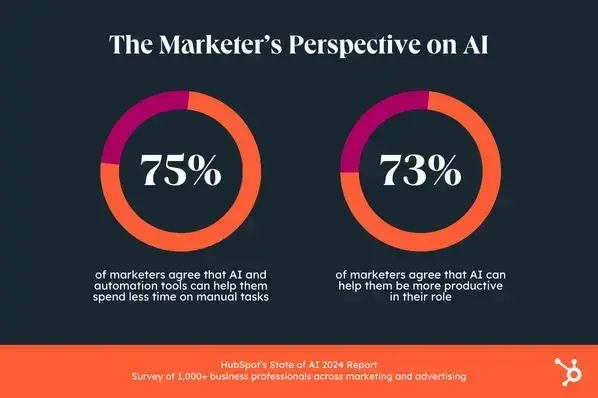
Create a data-driven strategy.
Improve audience reach and engagement.
Increase your marketing ROI.
Features to Look For in Content Intelligence Software
Competitor Analysis
Predictive Analytics
Performance Analytics
Optimization Capabilities
User-friendly Interface
Integration Capabilities
Content Intelligence Tools
1. HubSpot Breeze
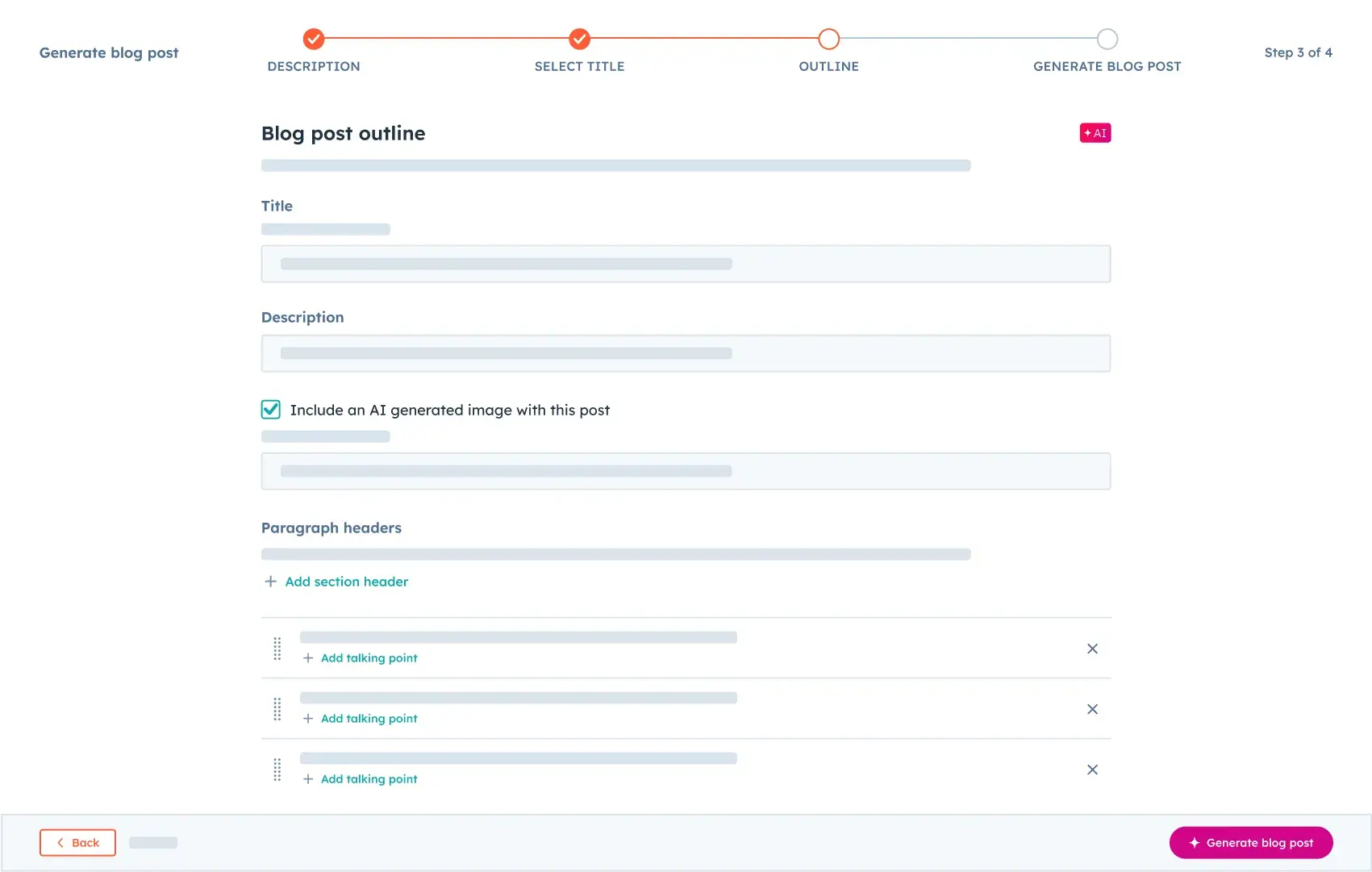
2. BuzzSumo
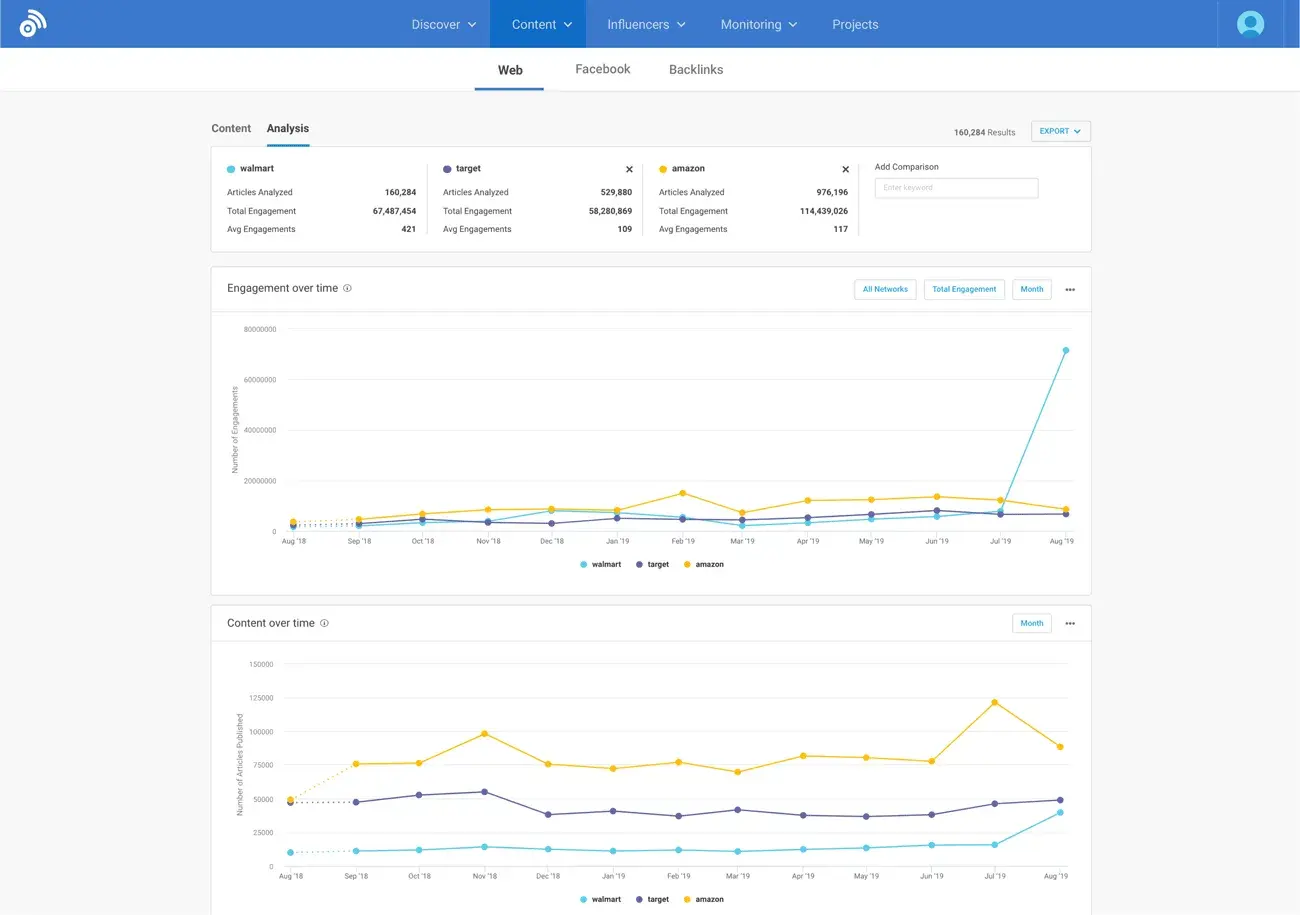
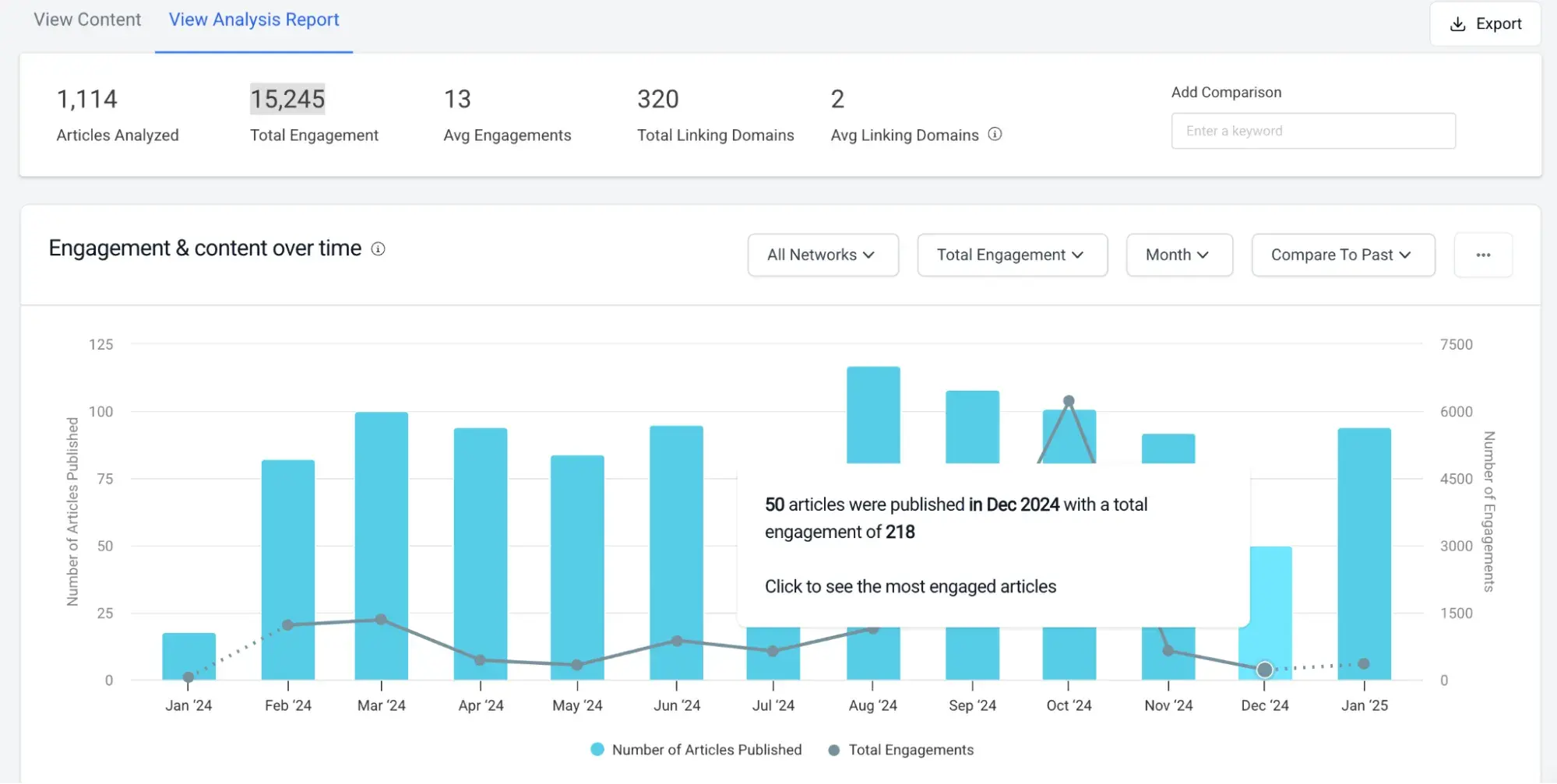
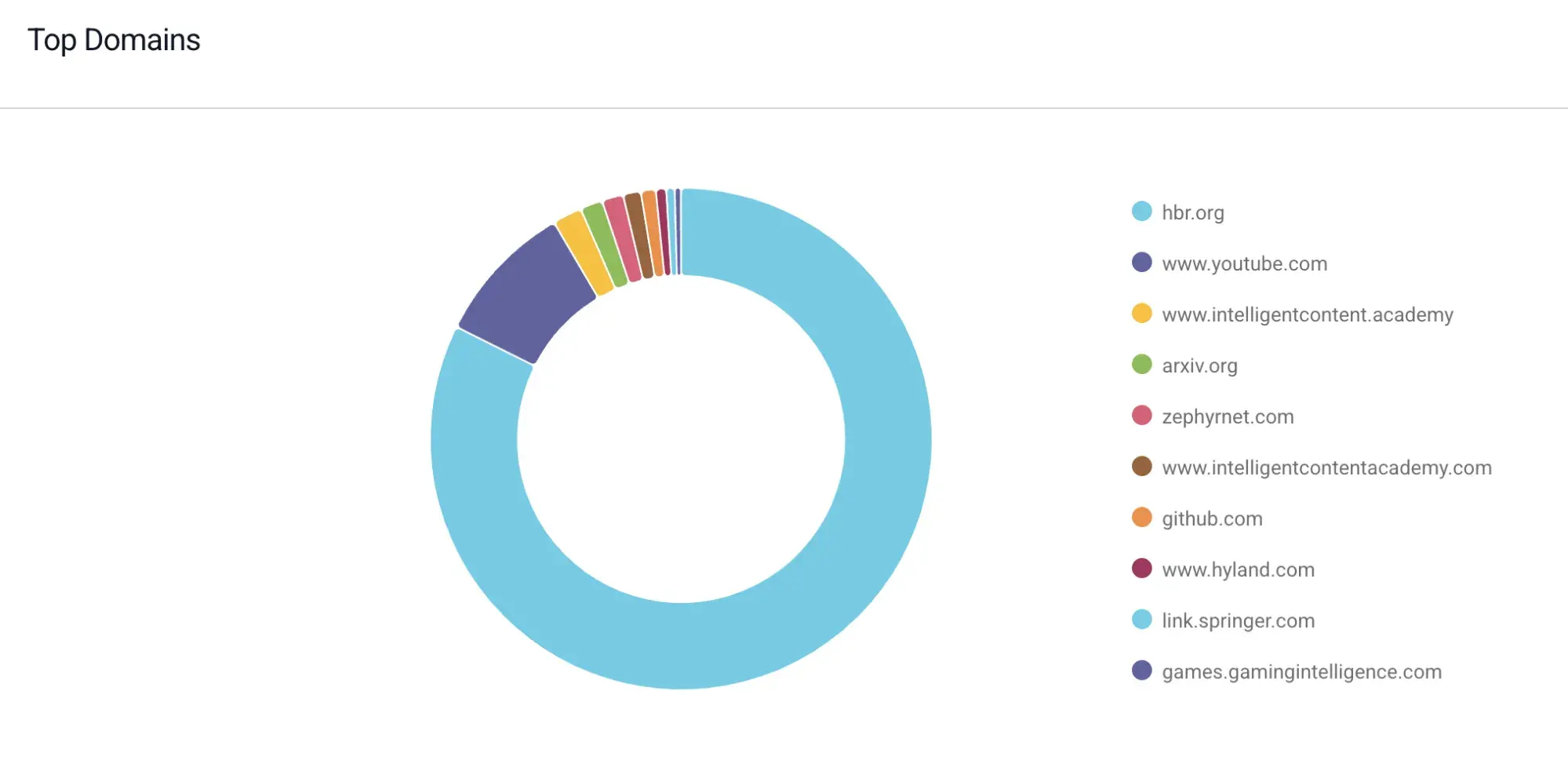
3. Curata
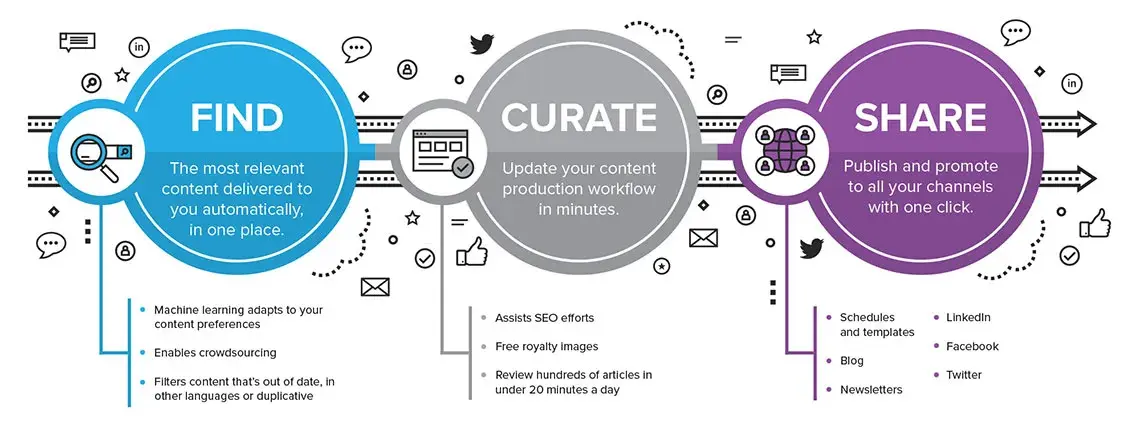
4. Crayon
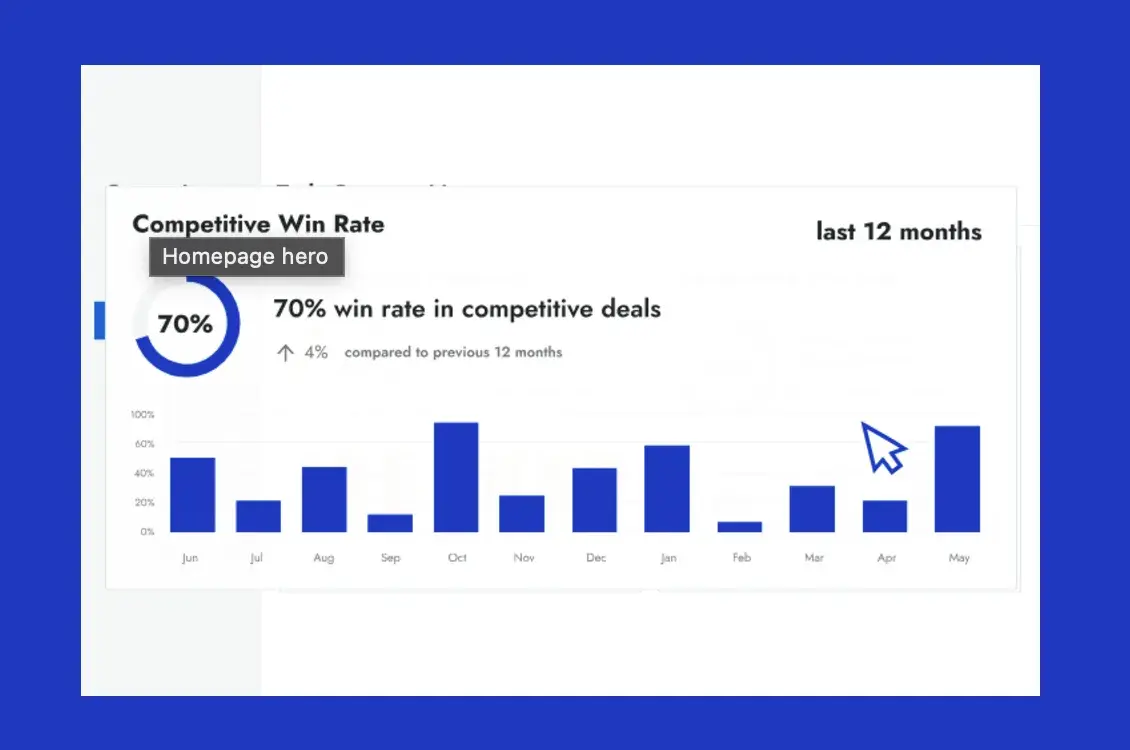
5. Optimizely
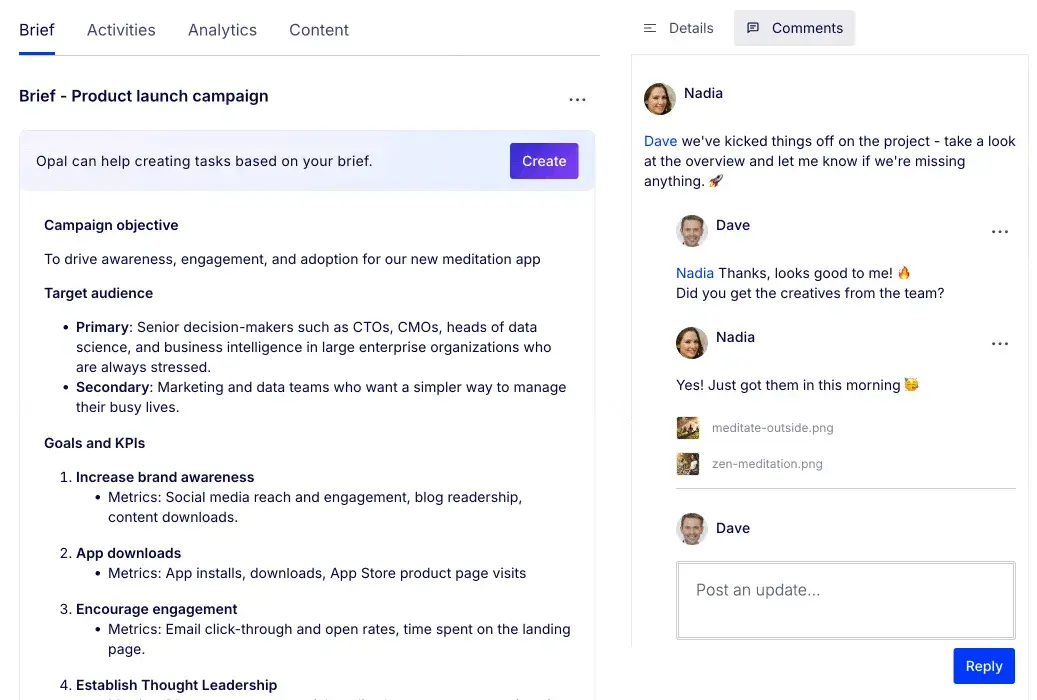
6. Ahrefs
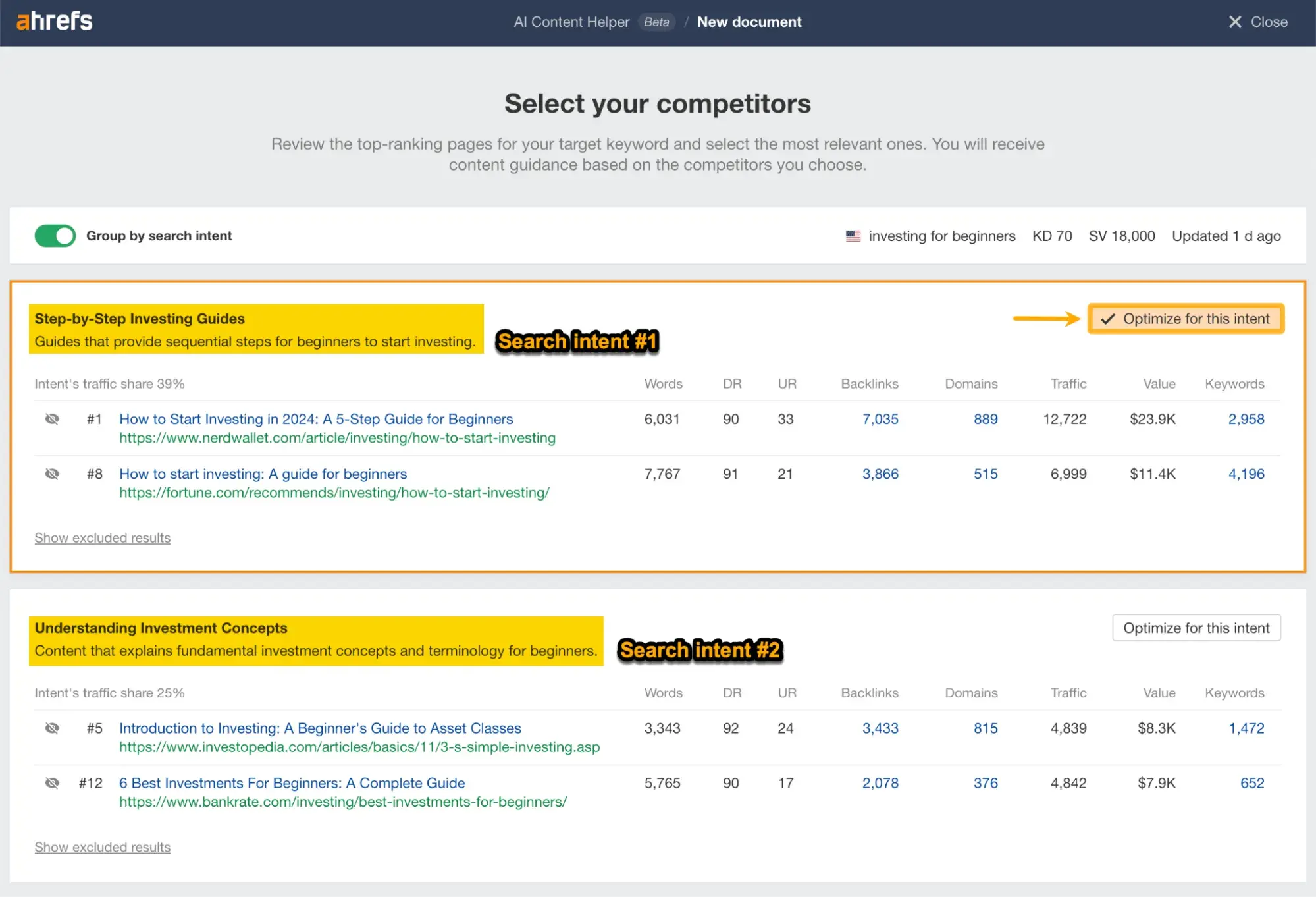
7. Semrush
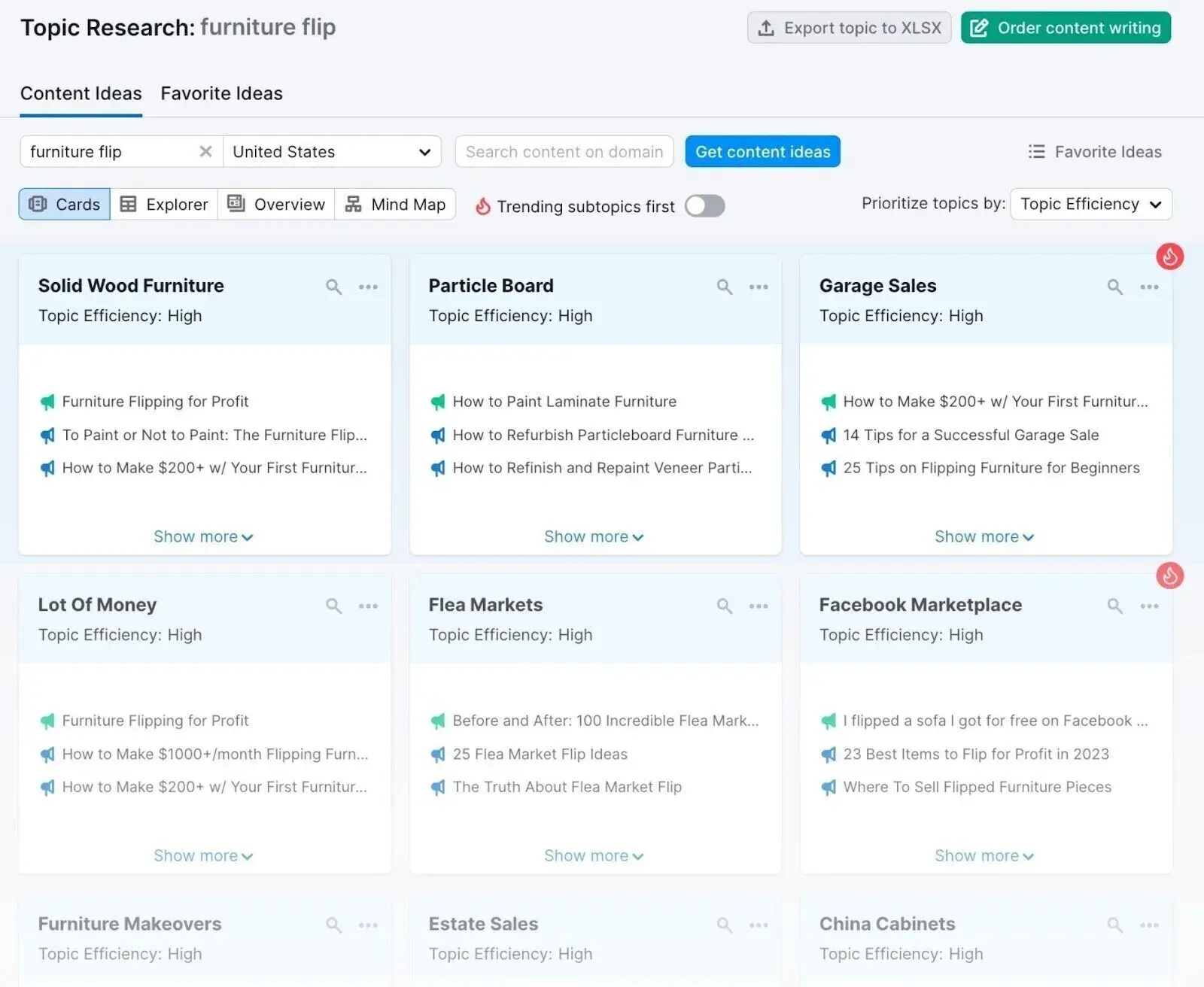
8. MarketMuse
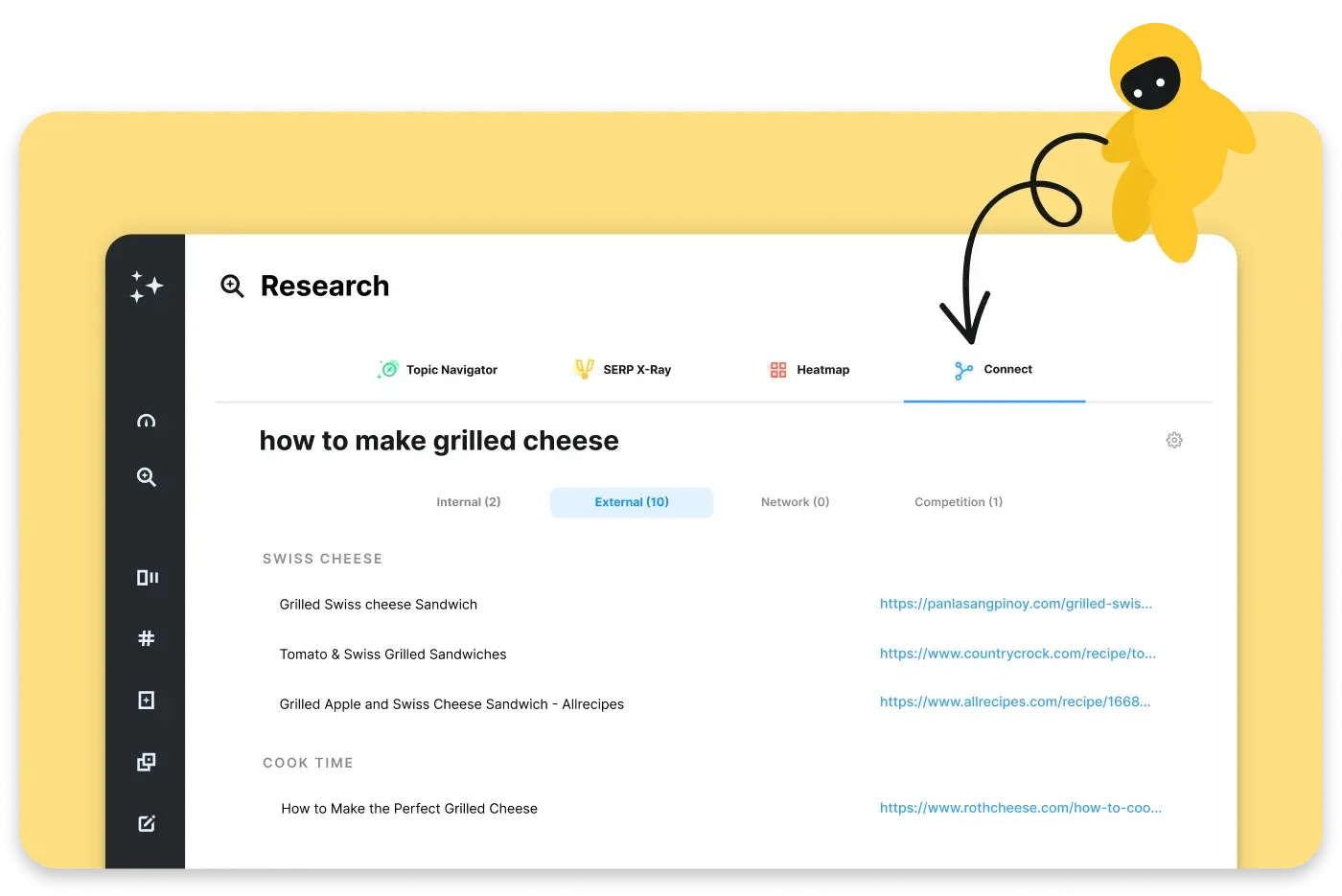
How to Choose the Right Content Intelligence Platform
1. Figure out what problems you need the platform to solve.
2. Decide which features your team could use.
Featured Resource: HubSpot’s AI Content Agent
3. Find out how each platform handles data.
4. Align your platform choices with future goals.
5. Test the platform.
Content Intelligence Can Help You Scale Your Content Strategy

 ShanonG
ShanonG 
